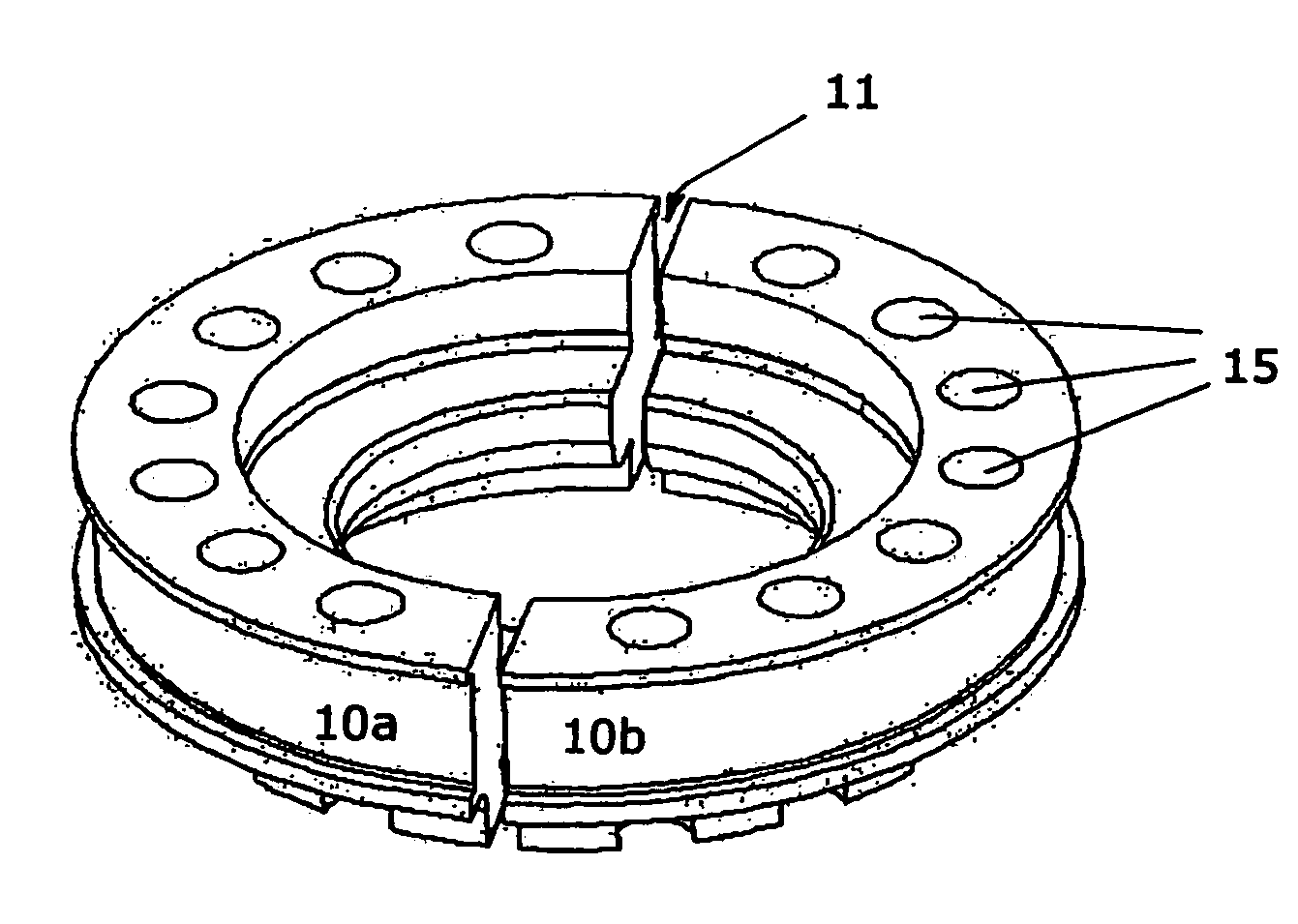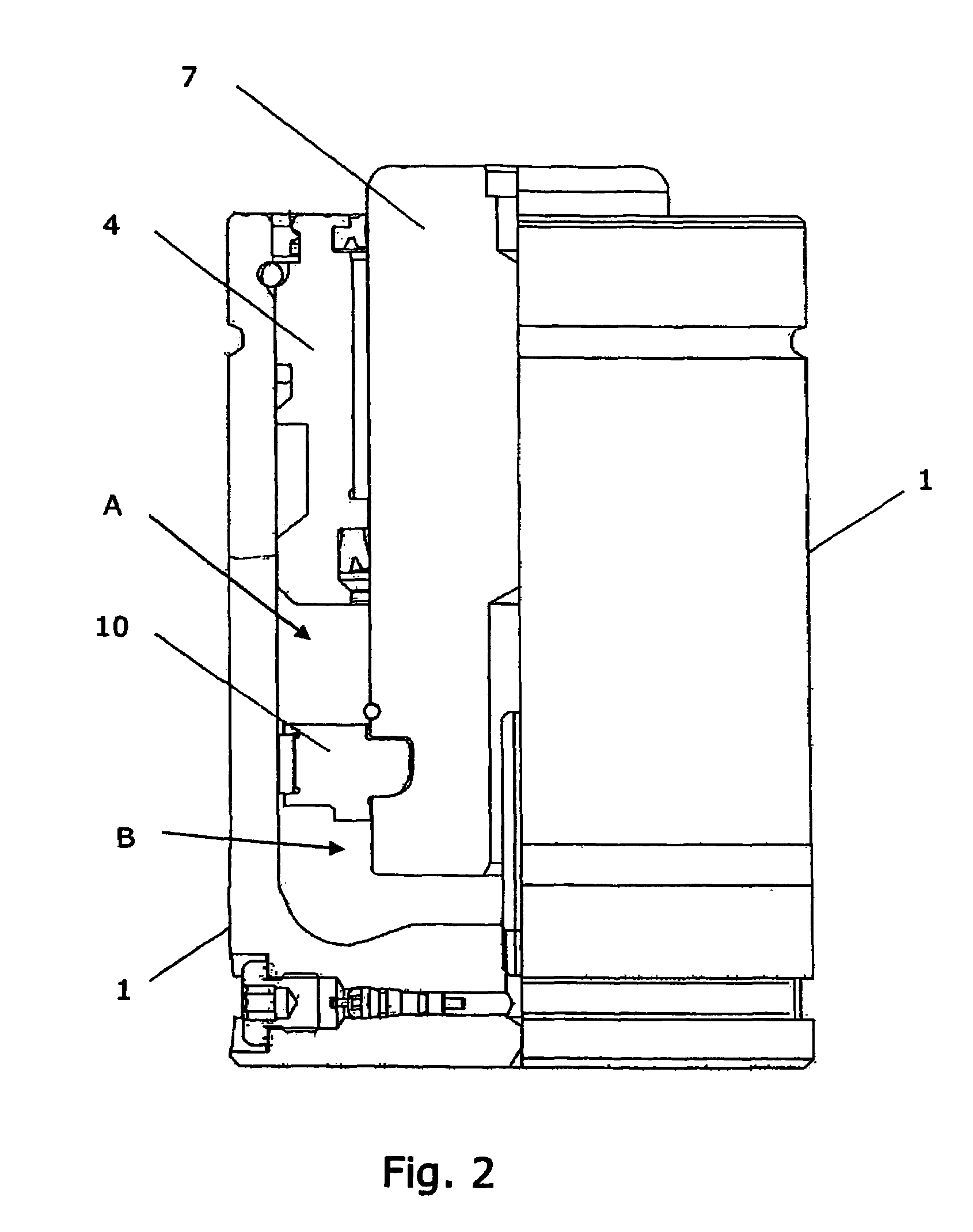Gas spring
a gas spring and spring technology, applied in the direction of springs, liquid springs, vibration dampers, etc., can solve the problems of unsatisfactory, increase the service life and safety requirements, and easy to dismantle and replace worn parts
- Summary
- Abstract
- Description
- Claims
- Application Information
AI Technical Summary
Benefits of technology
Problems solved by technology
Method used
Image
Examples
Embodiment Construction
[0032]A number of embodiments of the invention are described below with reference to the drawings attached.
[0033]FIG. 1 depicts a gas spring of conventional type. A cylindrical tube 1 forms the cylindrical casing of the gas spring and thereby the wall of the cylindrical chamber of the gas spring. The cylindrical chamber is defined by two end walls, a first end wall 2 and a second end wall 3. In the embodiment shown the end wall 2 comprises a piston rod guide 4, which is inserted and sealed in relation to an open end of the tube 1 by means of a static seal 5 and is furthermore locked against the tube 1 by means of a locking ring 6. The other end wall 3 comprises a dosed part firmly connected to the tube 1. Running in the piston rod guide 4 is a piston rod 7, which is axially moveable along the axis of the cylindrical chamber and is supported so that it can slide in the piston rod guide 4 and is sealed off against this by means of a dynamic seal 8. A scraper 9 on the outer part of the...
PUM
 Login to View More
Login to View More Abstract
Description
Claims
Application Information
 Login to View More
Login to View More - R&D
- Intellectual Property
- Life Sciences
- Materials
- Tech Scout
- Unparalleled Data Quality
- Higher Quality Content
- 60% Fewer Hallucinations
Browse by: Latest US Patents, China's latest patents, Technical Efficacy Thesaurus, Application Domain, Technology Topic, Popular Technical Reports.
© 2025 PatSnap. All rights reserved.Legal|Privacy policy|Modern Slavery Act Transparency Statement|Sitemap|About US| Contact US: help@patsnap.com



